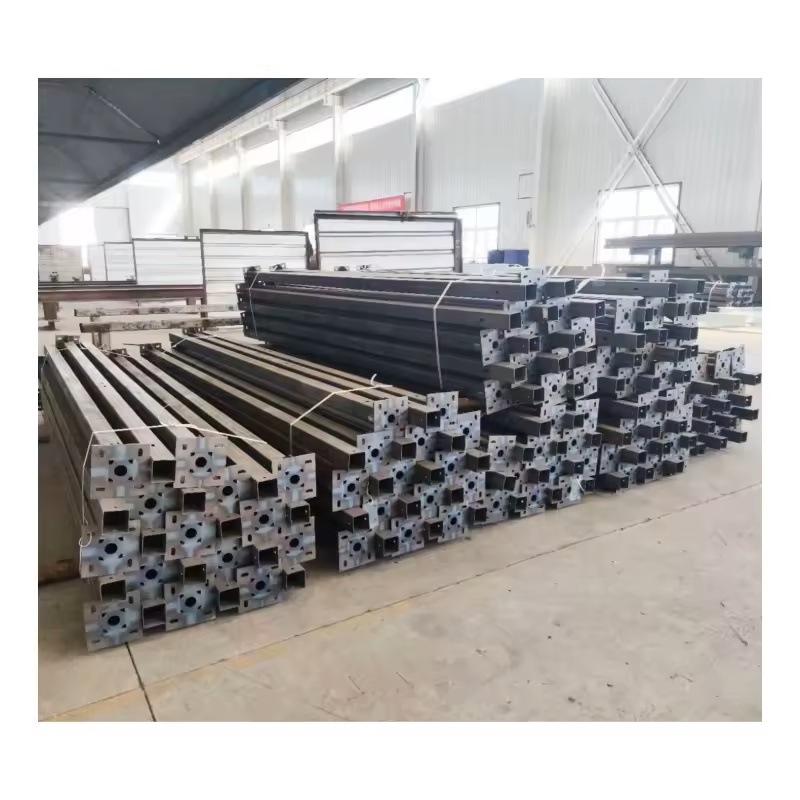
Driven by the wave of building industrialization and intelligent manufacturing, Steel Fabrication Parts have become the core force of modern engineering construction. From super high-rise landmark buildings to offshore wind power pile foundations, this type of parts is reshaping the pattern of engineering construction with precise structural performance and efficient production mode.
At present, the steel structure welding processing industry is in a critical period of technological innovation. Traditional manual welding is gradually shifting to automation and intelligence. Welding robots integrate visual recognition and path planning systems to achieve millimeter-level precision welding in complex structures. For example, the laser-arc hybrid welding technology used in a large bridge construction project increased welding efficiency by 40%, while reducing the risk of thermal deformation and ensuring the geometric accuracy of the bridge steel structure.
Behind the process innovation is the ultimate pursuit of quality control. Before welding, steel is strictly screened through spectral analysis and metallographic inspection to ensure material uniformity; during welding, infrared thermal imaging technology is used to monitor the temperature field of the weld in real time to avoid cracks caused by local overheating; after welding, phased array ultrasonic detection technology can accurately locate internal defects to ensure structural safety. In an industrial plant project, through full-process quality control, the first-time pass rate of steel structure welded parts has increased to 99.2%, greatly shortening the construction period.
In addition, digital simulation technology has also brought new changes to steel structure welding processing. Through finite element analysis software, engineers can pre-simulate the stress distribution and deformation trend during welding, optimize the welding sequence and process parameters, and reduce on-site rework. This "virtual manufacturing" mode not only reduces the cost of trial and error, but also promotes the design and realization of complex special-shaped steel structures.
Looking to the future, with the deepening of the concept of green manufacturing, steel structure welding processing will develop in the direction of low carbon and environmental protection. The research and development of new welding materials and processes will further improve the durability and sustainability of processed parts and inject more innovative vitality into the construction and industrial fields.
Address
Bl20, Shanghecheng, Shuangjie Street, Beichen District, Tianjin, China
Phone
Post time: May-03-2025
